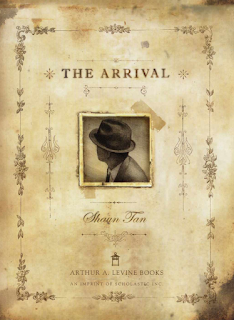WEEK 9: PERSEPOLIS
Persepolis
 A tragic reality conveyed through a simple art style with a
complex story. Marjane Satrapi recreates her experience growing up in Iran. In
a similar manner, it felt like March where
I was reading about the author’s life and seeing the history unfold. I kind of
felt overwhelmed as I was reading. It might’ve been because of all the emotional,
political, ethical events taking place in her life. To have experienced these things
at a young age, not fully understanding what was going on and trying to deal with
what people were telling her, her reactions were dark and construed in response.
For example, when she learns about the prisoners being tortured she uses that in
her games with the other kids. In the end, she’s overwhelmed by “the diabolical
feeling of power.”
A tragic reality conveyed through a simple art style with a
complex story. Marjane Satrapi recreates her experience growing up in Iran. In
a similar manner, it felt like March where
I was reading about the author’s life and seeing the history unfold. I kind of
felt overwhelmed as I was reading. It might’ve been because of all the emotional,
political, ethical events taking place in her life. To have experienced these things
at a young age, not fully understanding what was going on and trying to deal with
what people were telling her, her reactions were dark and construed in response.
For example, when she learns about the prisoners being tortured she uses that in
her games with the other kids. In the end, she’s overwhelmed by “the diabolical
feeling of power.”
Marjane experiences a lot of contradictions that stem from
her family's reactions and the state of the country like when the father tells the story
about the cadaver held by people calling him a hero, a martyr when he just died
of cancer. Then they all start chanting “the king is a killer.” Her family
laughs which her 10-year-old mind correlates “Cadaver, cancer, death, murder”
equals funny.
Throughout Persepolis, her parents portray a different
ideology than the fundamentalists. Bring Marjane American products, clothes,
music and exposing her to the capitalist lifestyle. In the end, her life in
Iran is spent short as she’s forced to leave for Europe at age 14. To have been able to illustrate and convey all these memories and experiences during a time of chaos, fear, and growth is inspiring.






Comments
Post a Comment